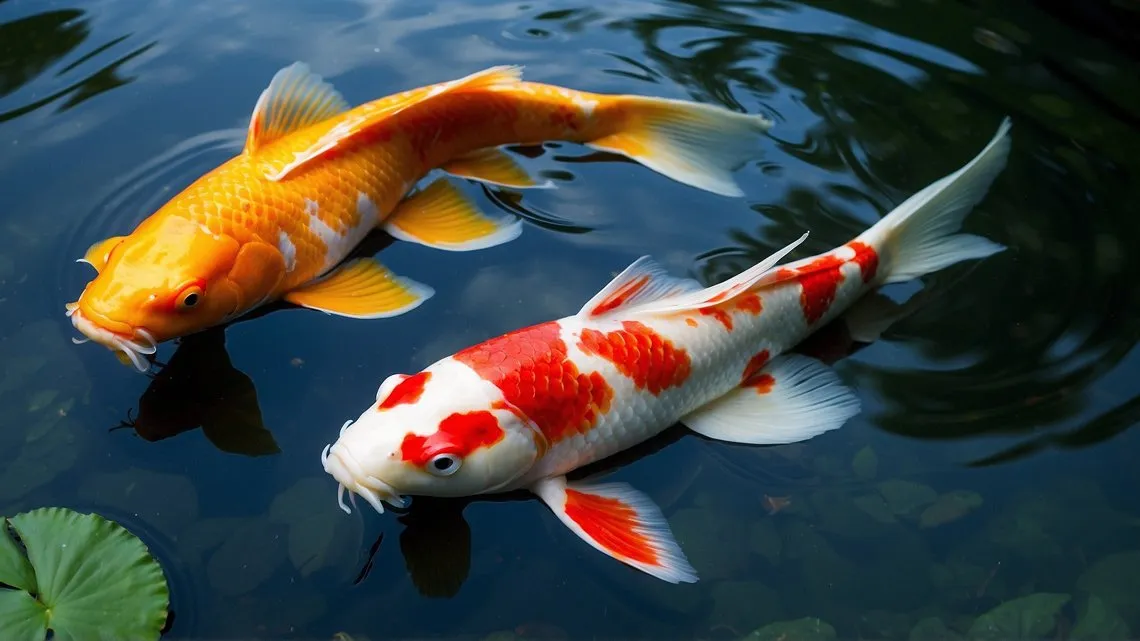Koi carp, renowned for their vibrant colors and serene beauty, have captivated the hearts of people around the world for centuries. Originating from East Asia, these ornamental fish are not only admired for their aesthetic appeal but also hold a significant place in Japanese culture, symbolizing luck, prosperity, and perseverance. This article delves into the fascinating world of Koi carp, exploring their history, characteristics, and the art of keeping them.
Origins and History
The history of Koi carp dates back to ancient China over 2,000 years ago, where they were primarily kept for consumption. It wasn’t until the Song Dynasty (960-1279 AD) that people began to notice and selectively breed Koi for their coloration. The practice of breeding Koi for ornamental purposes was then brought to Japan in the early 1820s, where it quickly gained popularity. The Japanese began to selectively breed these carp for their vibrant colors and patterns, leading to the development of the Koi varieties we know today.
Characteristics and Varieties
Koi carp are a domesticated variety of the common carp (Cyprinus carpio) and can grow up to 3 feet in length and live for over a century under the right conditions. They are known for their large scales, which come in a variety of colors including white, black, red, yellow, blue, and orange. These colors often form beautiful patterns, with some of the most sought-after varieties including the Kohaku, with its red markings on a white background; the Sanke, featuring red, black, and white; and the Showa, which combines black, red, and white in a different pattern than the Sanke.
Symbolism and Cultural Significance
In Japanese culture, Koi carp symbolize good fortune, success, and perseverance. The legend of the Koi carp swimming upstream to become a dragon is a powerful metaphor for overcoming adversity and achieving greatness. This legend, combined with the Koi’s beauty and grace, has made them a popular symbol in art, literature, and even business, where they represent prosperity and advancement.
Keeping Koi Carp
Keeping Koi carp is an art form in itself, requiring a deep understanding of their needs and preferences. Koi thrive in outdoor ponds, where they have plenty of space to swim and explore. The pond should be at least 3 feet deep to protect the Koi from predators and temperature fluctuations. It should also be equipped with a filtration system to keep the water clean and a UV sterilizer to control algae growth.
Feeding Koi is a rewarding experience, as they quickly learn to recognize their owners and come to the surface at feeding time. A balanced diet of high-quality Koi food, supplemented with vegetables and occasional treats, will keep them healthy and vibrant.
Conclusion
Koi carp are more than just beautiful fish; they are symbols of strength, beauty, and resilience. Their rich history, stunning appearance, and cultural significance make them a unique addition to any garden pond. Whether you’re an experienced Koi keeper or simply admire their beauty from afar, there’s no denying the enchanting allure of these magnificent creatures.
